No Frost Cooling Technology: Features, Pros and Cons of Know Frost, Care Tips
Defrosting - getting rid of accumulated ice on the walls of the refrigerator and freezer. Most modern refrigerators do not require frequent defrosting. Systems like No Frost (“no frost” from the English “no frost”) completely protect against the formation of ice. Refrigerators with a drip cooling system perform defrosting in automatic or manual mode. What it is - manual defrosting of the refrigerator is clear from the name itself. Unlike automatic, it is a process with the direct participation of a person.
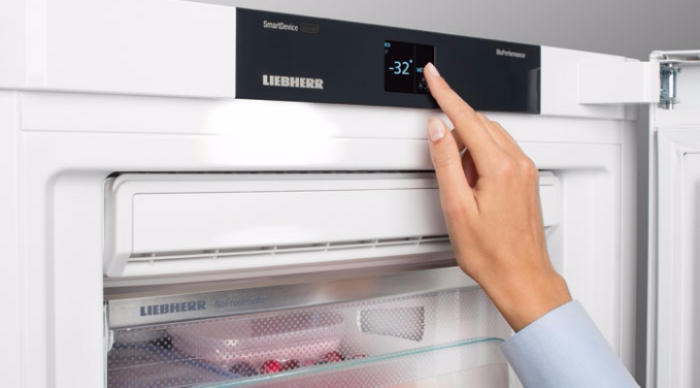
Drip system refrigerators need manual defrosting every few months.
Content
Why do you need to defrost a refrigerator
Periodic defrosting of the refrigerator helps:
- get rid of the ice coat on the walls of the chambers;
- stabilize the operation of systems and extend the service life of equipment;
- prevent the spread of harmful microorganisms;
- get rid of bad smell.
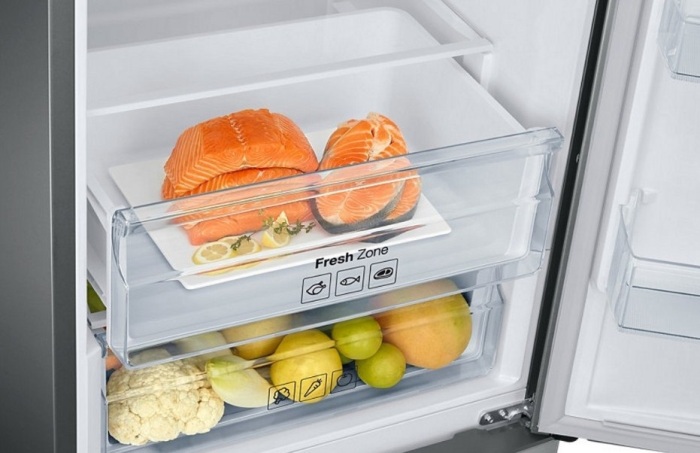
Defrosting helps get rid of harmful trace elements and smell from the refrigerator.
Features of manual defrosting
Many good refrigerators with a drip cooling system do not have a built-in auto-defrost function, which means that you need to manually defrost the freezer. The procedure is not complicated, but with its regular implementation, it guarantees uninterrupted operation of the refrigerator and preservation of freshness of products.
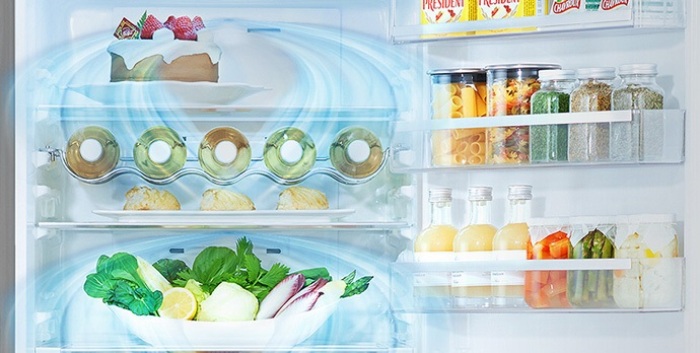
Some refrigerators do not have auto-defrost function.
Advantages:
- Hygiene: regular sorting of the contents of the refrigerator, cleaning the walls, shelves and drawers eliminates the growth of bacteria.
- Lower cost of the refrigerator: manufacturers significantly increase prices for the presence of additional automatic functions and systems.
- Inexpensive repair: the less sensitive and complex elements used in the device, the cheaper it will cost to repair.
Important! Modern refrigerators with a manual defrosting system are reliable in operation and have high thermal insulation. Given the recommendations to defrost any refrigerator at least once a year, we can say that manual defrosting in convenience and care is not inferior to the advertised No Frost systems.

Regular defrosting and cleaning of the refrigerator is important for good hygiene.
Disadvantages:
- Waste of time: it takes at least an hour and a half to completely thaw, but more often the whole process takes about half a day.
- Forced disconnection from the network resets the temperature settings in the chambers and freshness areas.
- During irregular defrosting, the refrigerator will fail.
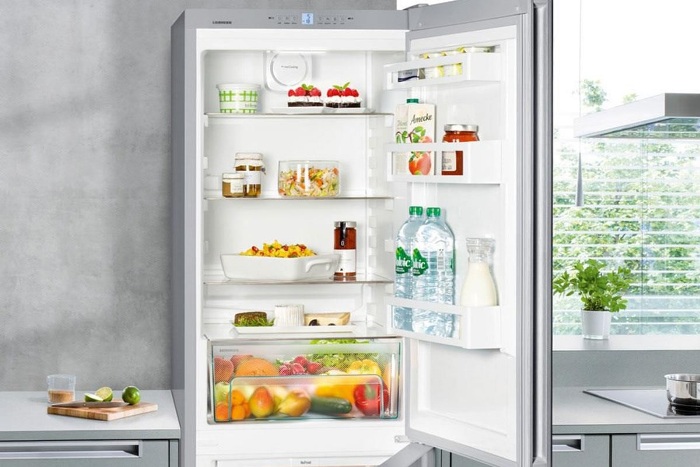
To increase the service life of equipment, you often need to defrost the device.
Manual defrost technology
Necessary actions for manual defrosting:
- Remove all contents from the refrigerator.
- Disconnect from the mains to prevent personal injury or damage to parts.
- Open the doors, pull out the drawers and shelves.
- To prevent melt water from leaking onto the floor, manufacturers install special pallets. If there is no such container, put a floor rag near the refrigerator.
- Leave to defrost. There are two technologies: natural and accelerated.The natural process of melting ice can take up to 12 hours. It all depends on the degree of freezing. For accelerated technology, additional heat sources are used: a hair dryer, a heating pad, a container with boiling water. This method speeds up the process by 2-3 times, but can lead to the call of the repairman. Plastic, rubber seals and gaskets are very susceptible to high temperatures.
- Sort through all the extracted products, discard the spoiled ones, and wipe the jars and containers with a clean damp cloth that will be put back at the end of the process. Since defrosting will take several hours, it is recommended that you clean the food in a cool place.
- When the ice has completely melted, wipe the walls of the refrigerator with a solution of detergent and soda.
- Wipe thoroughly with a dry cloth all the inside of the refrigerator. Set drawers and shelves.
- Connect to the network.
Attention! In no case should you try to tear off or break off the ice “fur coat” with sharp objects.
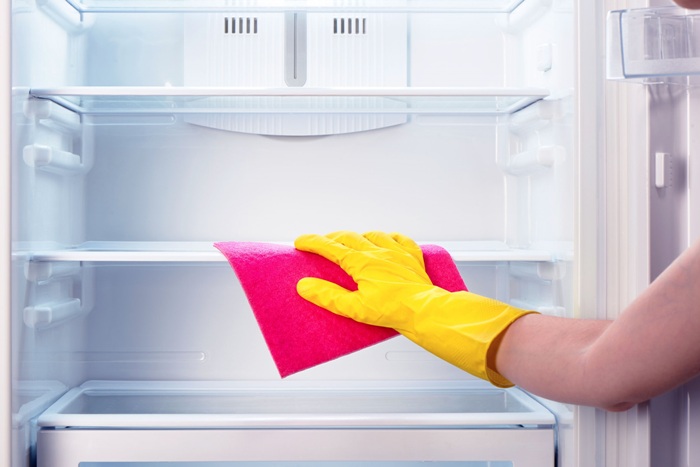
After defrosting, you need to wash the refrigerator compartment with detergent.
Why do I need to manually defrost a freezer?
Before answering this question, you need to understand what manual defrosting of a freezer is. This is a forced disconnection of the refrigerator from the network and the expectation of natural thawing of ice. It is required to carry out when freezing the ice cap with a thickness of more than 5 mm. A snow build-up on the walls of the freezer appears due to two reasons:
- When storing a large amount of fresh food, the camera can switch to “enhanced mode” to freeze meat, poultry and vegetables.
- When the door is opened frequently, warm air enters the freezer. Settling on the walls, the condensate freezes. This can lead to excessive ice formation.
Conclusion. For modern freezers with a volume of less than 200 liters, which are opened several times a day, ice growths are not terrible. Defrosting is only needed to restore order and maintain hygiene. One or two times a year will be enough.
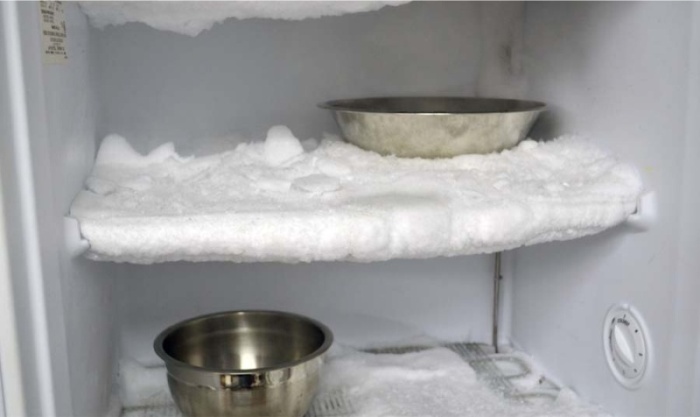
If in the freezer the ice thickness is more than 5 mm, then manual defrosting is inevitable.
Important! In older models of refrigerators, defrosting the freezer should be based on its condition. For proper operation, the formation of an ice cap of more than 2 cm should not be allowed.
Do I need to defrost No Frost refrigerators?
As such, No Frost does not mean that you should forget about defrosting. The basis is not so much a technical as a hygienic reason. The purpose of defrosting will not be the destruction of ice growths from the freezer and refrigerator, but the cleaning and elimination of unpleasant odors. True, the defrost rate will be fundamentally different:
- New systems such as Frost Free, Full No Frost do not form hoarfrost, therefore the full defrosting of refrigerators is recommended no more than once a year.
- First-generation No Frost systems are not so sophisticated. They are thawed every 2-3 months to remove frost that appears in a small amount.
- Models of refrigerators without this system are highly susceptible to the formation of frost and ice, therefore they require frequent defrosting, at least 1 time per month.
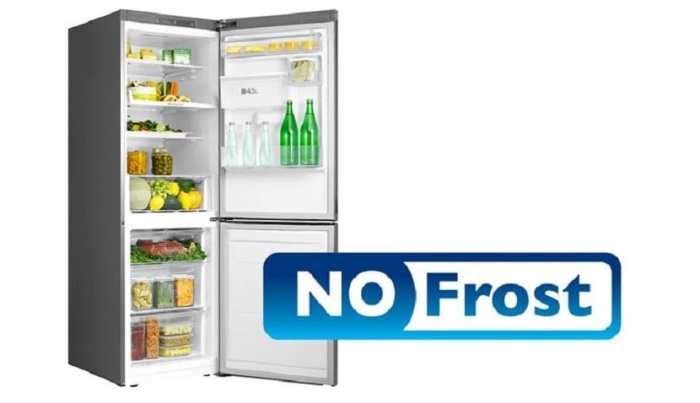
Although ice does not form in Nou Frost refrigerators, defrosting must be carried out.
How to preserve foods during defrosting
Defrosting takes only a few hours, so in winter the issue of preserving food is not very relevant. You can take out the entire contents of the freezer to the balcony or hang it in a bag outside the window.
In the summer, even 1 hour spent in the heat can ruin the sausage, cheese and dairy products. You can put perishable items in a large saucepan, having previously transferred them with pieces of frozen meat and wrapped in a newspaper. Then cover the pan with a blanket.
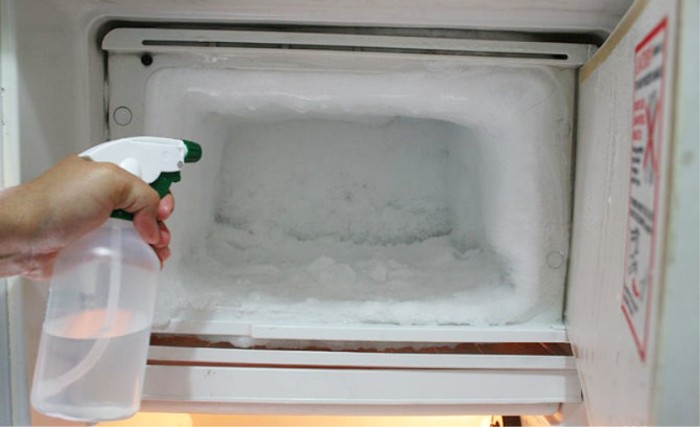
For older refrigerators, warm water is a great way to defrost.
Note! You can use isothermal bags and bags (“thermal bags”), which are sold in supermarkets.
Helpful hints:
- Quickly remove the ice outgrowth in the freezer will help hot water. A container of hot water is placed on a folded towel at the bottom of the freezer and the door is closed. Steam rising from a bowl will accelerate the melting of ice.
- Instead of steam, you can turn on the hair dryer, directing the flow of hot air to the icy wall.
Attention! Improperly directed hot air flow or the installation of a hot appliance next to gaskets and plastic elements are the main causes of refrigerator breakdown.
To avoid sudden changes in temperature, you can put in a freezer a saucer with salt or table vinegar that “corrodes” the ice. Wash all internal surfaces thoroughly after such a procedure.

Frequent defrosting helps the refrigerator work properly.
Summing up, it should be noted the importance of manual defrosting, regardless of the model of the refrigerator. Frequent defrosting is not required. However, if a year has passed since the last defrost or a frost more than 5 mm thick has formed on the inner walls, disconnect the appliance from the mains and allow it to thaw. While the refrigerator is off, you can go through the contents of the refrigerator and freezer. Throw out expired and spoiled products, and then wash the internal shelves and drawers. Thus, manual defrosting guarantees a long service life of the refrigerator and the health of its owners.
How to quickly defrost a freezer or freezer in a refrigerator













